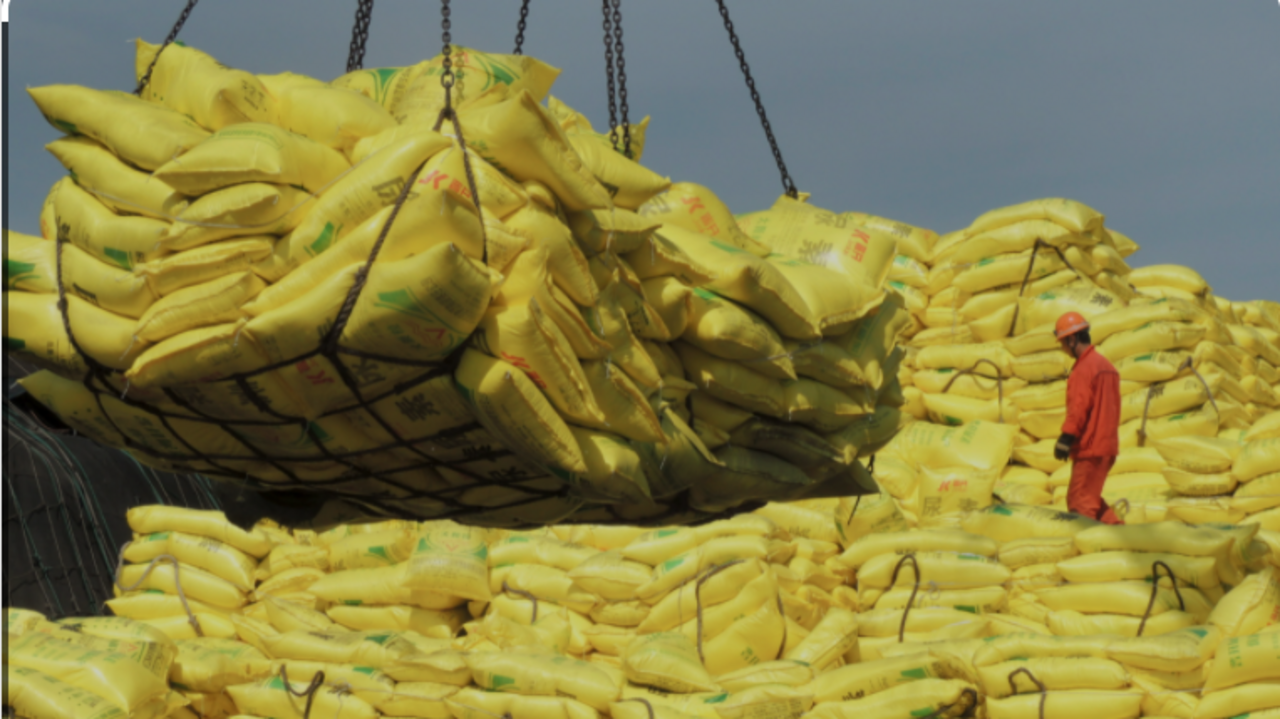Market sources told S&P Global Commodity Insights on July 2 that Indian rice exporters are facing random and sudden cargo cancellations amid a severe container shortage in the region, which is likely to reduce shipping volumes in the coming weeks.
Market sources said the sharp container shortage was driven by a number of factors, including a surge in demand for cargo from China to the United States and the Red Sea conflict, which has lengthened transit routes.
The unprecedented rise in sea freight costs by shipping companies up to 150% has severely affected India's rice export industry, a Delhi-based exporter said. The whole situation is discouraging exporters from doing any business, he said.
All major container ports such as Mundra, Nhava Sheva and Vizag are experiencing congestion as they have over 200,000 tonnes of cargo, said Varun Goel, vice-president of the Indian Rice Exporters Federation. Confirmed pick-up orders have been cancelled since May. Container freight rates from Nhava Sheva to Cotonou have increased from $1,200-$1,300 per TEU (twenty-foot equivalent unit) on May 10 to $4,000 per TEU now, he said.
For India's rice export sector, a sharp rise in shipping rates since May has become a sign of impending disaster.
Freight rates have been rising since late May, another Delhi-based exporter said. Despite booking a consignment of containers, a well-known Copenhagen-based shipping company cancelled most of the orders due to the sudden hike in rates. In fact, to make matters worse, the company (shipper) cancelled containers that had already been loaded, he said.
The sudden surge in cancellations is widespread and not limited to a few shipping companies.
Another rice exporter from Delhi said that we are facing the same problem with a Geneva based shipping company which recently cancelled our booked rice consignments.
The shortage of containers is holding back not only rice exporters from India but also other countries in the region.
Freight rates are extremely high and no one is booking containers at these rates, said a rice exporter from Thailand. “In the first week of May, container rates from Bangkok to West Africa were $3,000 per TEU, but now they have risen to $5,000 per TEU. At these rates, sellers cannot book containers and are losing business due to lack of alternatives,” he said.
Container vs. Break Bulk
In India, rice is exported both in containers and in bulk.
An Uttarakhand-based exporter said that 50% of India's rice exports were usually in containers and the remaining 50% were in bulk. However, the recent rise in freight rates has led to a change: now 90% of shipments are in bulk and only 10% in containers.
The government has banned the export of broken rice and imposed additional duties on non-basmati white rice exports to curb rising food inflation. By July 2023, the government has capped non-basmati white rice exports, imposed a 20% duty on parboiled rice shipments, and set the minimum export price of basmati at $950 per tonne.
As a result, Indian rice exports fell 19.8% year-on-year to 17.71 million tonnes in 2022-23, S&P Global Commodity Insights data showed.
While most parboiled rice is usually exported to West African countries, Indian basmati rice is mainly shipped to the Middle East.
In terms of destinations, 90% of Indian rice shipments to East Africa and South Africa are in containers. In West Africa, the share is evenly split between bulk and containers, market sources said.
“Container volumes to West Africa have dropped by 70-80%. I have diverted 200 containers to bulk shipments due to the freight cost difference of about $50-60 between containers and bulk shipments,” said Jatin Mahajan, trading manager, Adani Wilmar Limited. “The company has also incurred some losses due to advance deals at lower freight rates, but the contracts are being fulfilled.”
Government intervention requested
Various rice exporter associations have approached the Indian government to intervene in the matter, sources said.
A 150% jump in ocean freight rates and frequent container ship cancellations have put a significant financial burden on rice exporters, market sources said. The Indian rice industry is an export-oriented sector that earns valuable foreign exchange for the country and the ongoing freight crisis has made rice exporters uncompetitive, the sources added.
Indian rice exporters have asked the government to review and regulate ocean freight rates and negotiate with shipping companies to agree on reasonable and transparent freight rates, a rice exporter from NCR told Commodity Insights.
Rice prices remain stable
Amid the ongoing container crisis, the price of parboiled rice in India remains stable for now.
Platts, a division of Commodity Insights, assessed India's PB 5% STX fraction at $539/mt on July 2, in line with the week.
However, market participants predict a decline in rice prices in the coming weeks due to a shortage of containers.
Ongoing shipping problems are likely to put pressure on rice prices in the coming weeks and squeeze already thin margins for many exporters, a Pune-based rice exporter said.
According to Commodity Insights, India is the world's largest rice exporter and is projected to ship 21.47 million tonnes in calendar year 2024, up 14% from a year earlier. If realized, this would be one of the highest shipment volumes in the country's history, oilworld.ru reports, citing S&P Global Platts.
However, if the container shortage persists, India's rice export forecast is expected to be revised downwards, market sources said.
